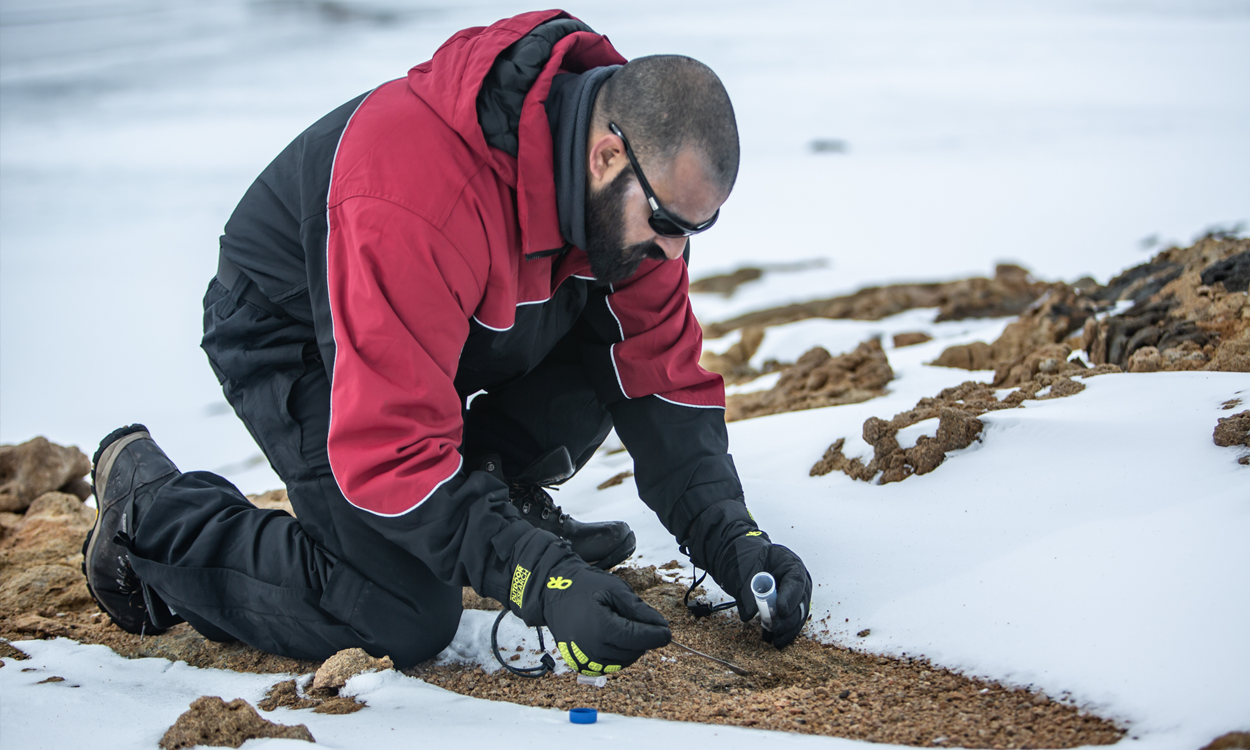
“So, what makes organisms grow in extreme habitats?”
This curiosity led Dr. Avinash Sharma’s team at National Centre for Cell Science (NCCS)- Pune- to develop the culture method for the microorganisms like archaea that grow in extreme conditions.
Mar 26, 2020 | BY RAJESH GUNAGE, RATNESHWAR THAKUR | PODCAST BY AVINASH SHARMA
Microbes are found everywhere including volcanoes, glaciers, hot springs and many extreme places such as high salt lakes. Studying them help scientist understand how microbes survive and this has a huge potential in terms of pharmaceutical industry and diagnostics.
“So, what makes organisms grow in extreme habitats?”
This curiosity led Dr. Avinash Sharma’s team at National Centre for Cell Science (NCCS), Pune - to develop the culture method for the microorganisms like archaea that grow in extreme conditions. Dr. Sharma studies the microbiology of the extreme environments. He was also a part the 38th expedition of Indian scientist to Antarctica.
In this study, NCCS researchers studied the extreme saline environment at India’s largest Sambhar Salt Lake. This lake is both ecologically and economically very important. It is an attraction site for the migratory birds, especially Flamingos, and produces around 0.2 million tons of salts annually.
Researchers say this hypersaline habitat is poorly studied for microbial diversity, especially for archaeal diversity, due to difficulties in replication of the conditions of their natural habitat in the laboratory.
This was a game changing approach and led to finding of a novel Archeon (singular of archaea) Natrialba swarupiae, now famously named after Dr. Renu Swarup, Secretary in the Central Government’s Department of Biotechnology, for two reasons. First, for her contribution in setting up world’s largest microbial resource centre, National Centre for Microbial Resource (NCMR) at the NCCS, Pune.
Second, for her initiative to make provisions for the deposition of microorganisms in the repositories located outside India, as per the guidelines of the International Journal of Systematic and Evolutionary Microbiology (IJSEM) in which this study is published. This journal reports the discovery of novel microbes by scientists around the globe.
The study is significant as the microorganisms obtained in this study were reported earlier for the production of many stable enzymes, antimicrobial molecules and also for antioxidants.
Natrialba swarupiae sp. nov is now stored at NCMR along with around 2, 00,000 types of microbes with immense potential for industrial, clinical and academic applications.
Research team included Swapnil Kajale, Neelima Deshpande, Yogesh Shouche and Avinash Sharma. The study was funded by the Department of Biotechnology, India.
Journal Reference:
1. Natrialba swarupiae sp. nov., a halophilic archaeon isolated from a hypersaline lake in India
2. Cultivation of Diverse Microorganisms from Hypersaline Lake and Impact of Delay in Sample Processing on Cell Viability

